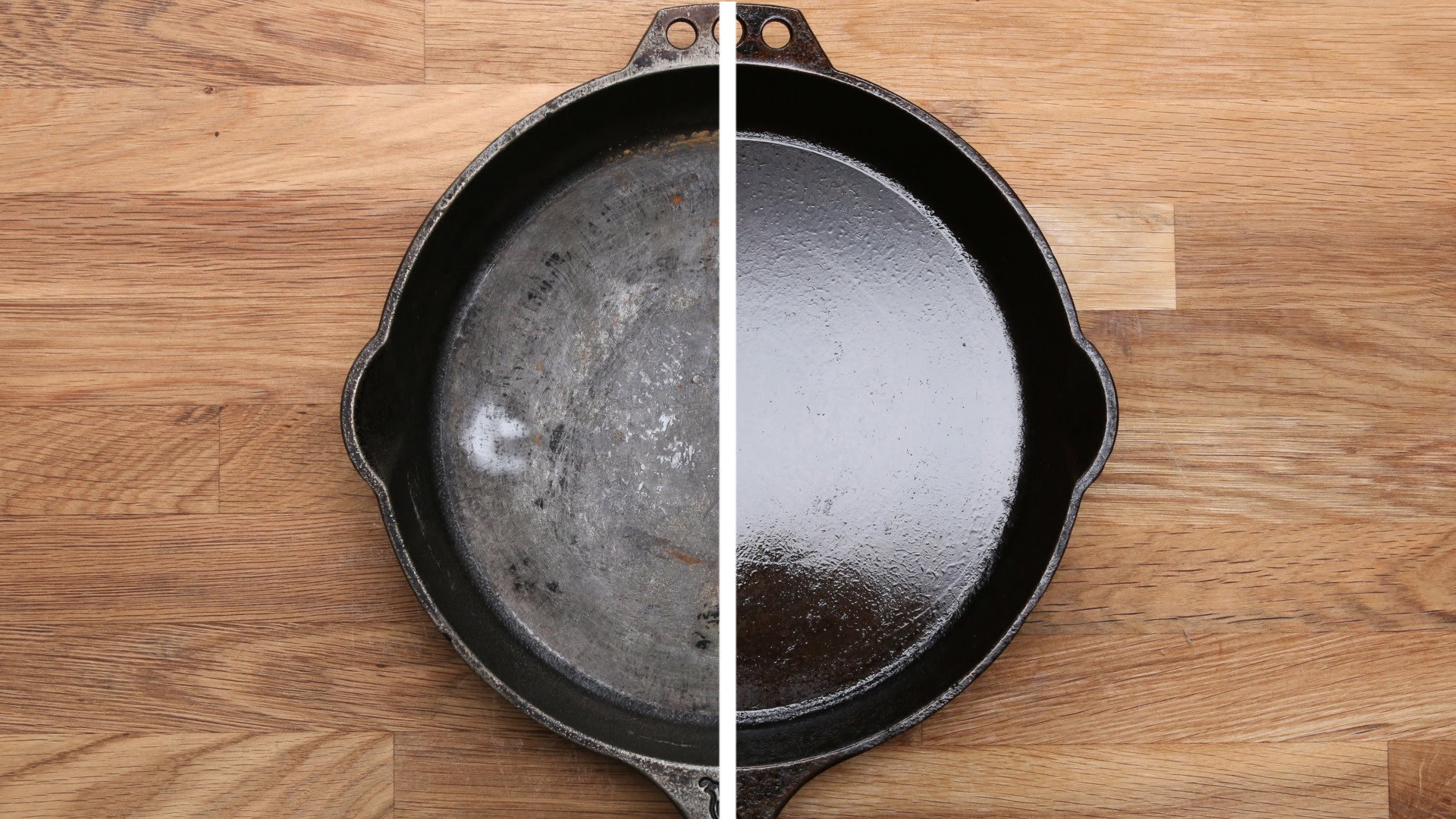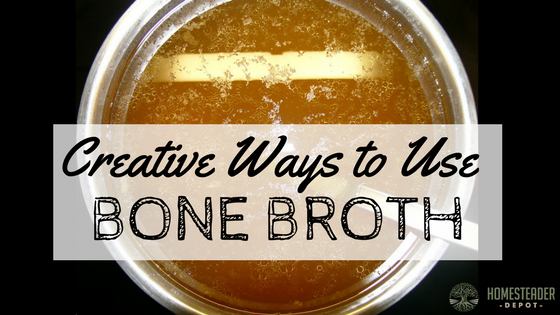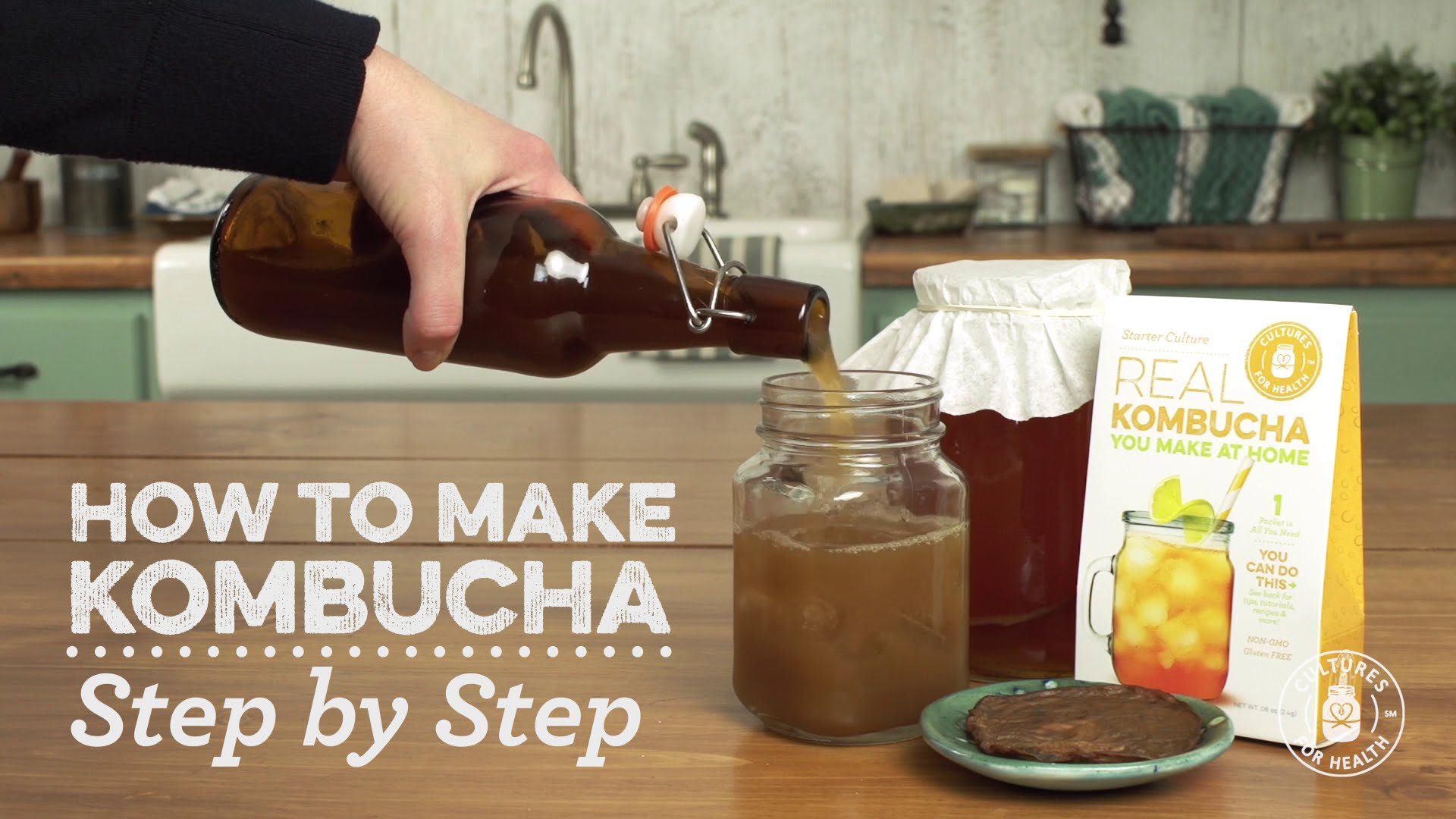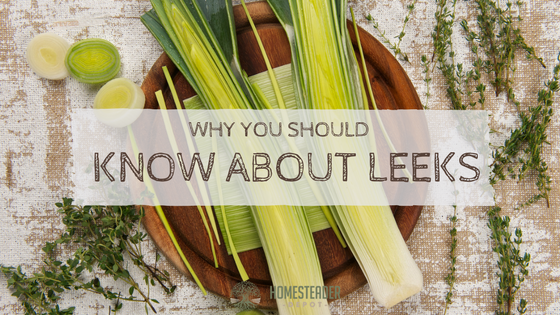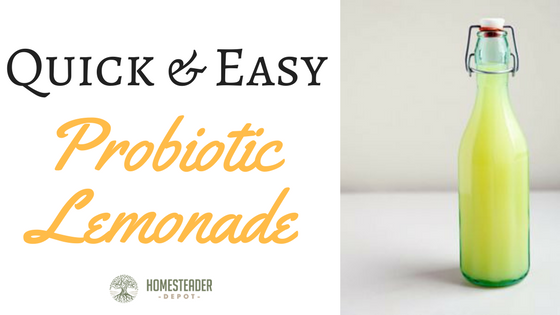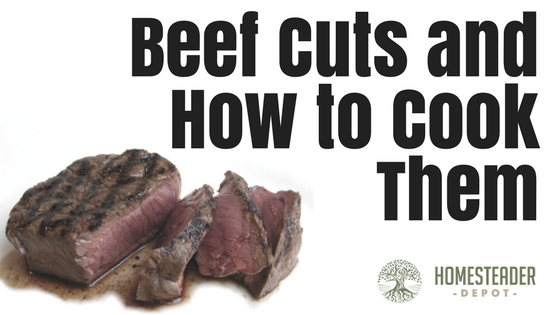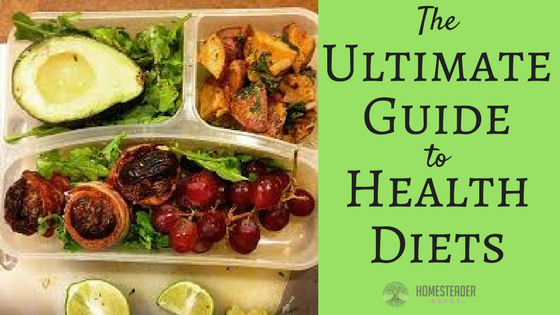How to Cook With And Season Cast Iron (Video)
A good cast iron skillet is one of the most important–if not the most important kitchen tools you’ll ever own. You could probably have only a cast iron skillet and some basic utensils in your kitchen and go very far. Many people are intimidated by cast iron because it has a particular cleaning protocol, but it’s really … Read more

